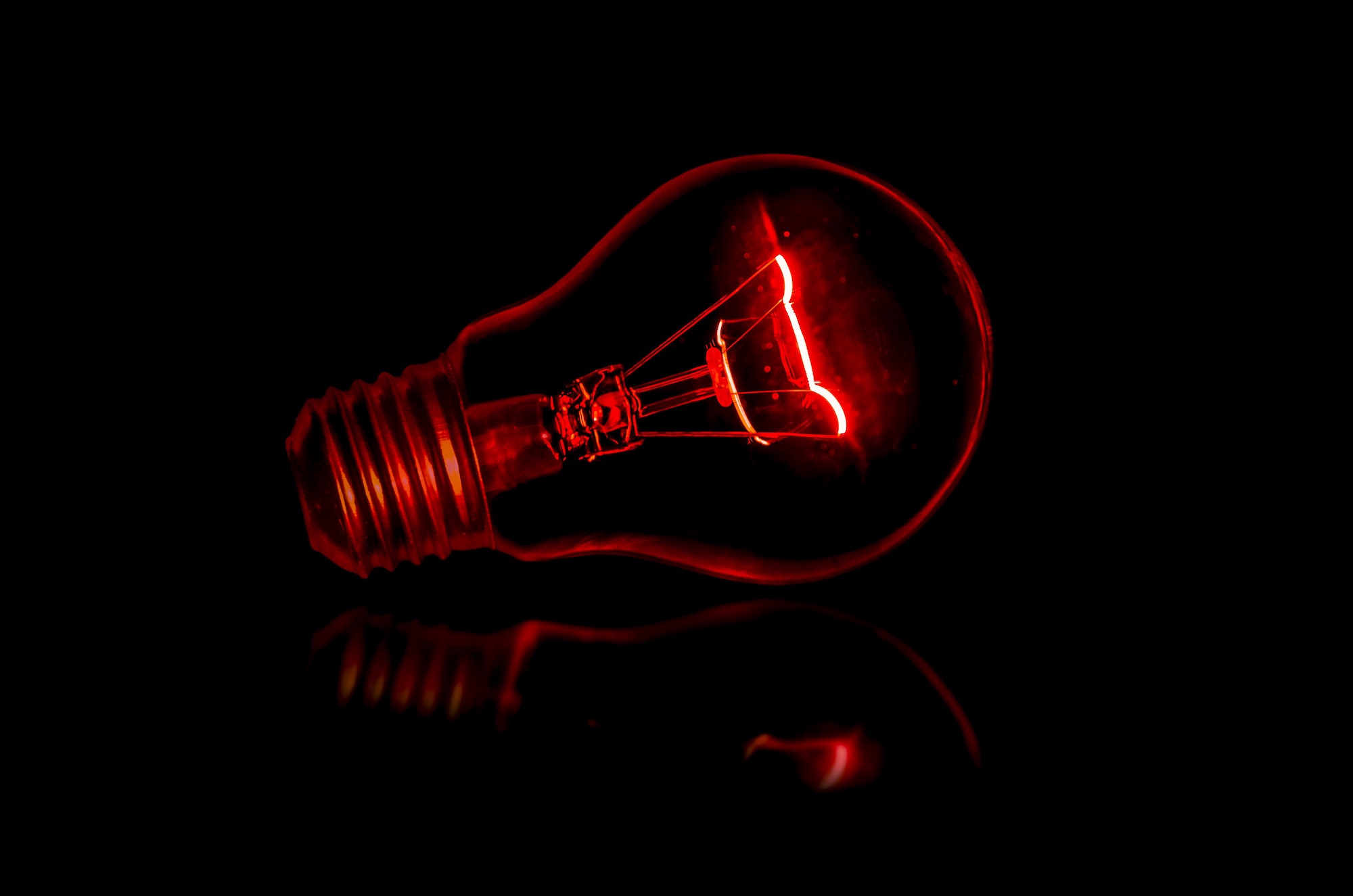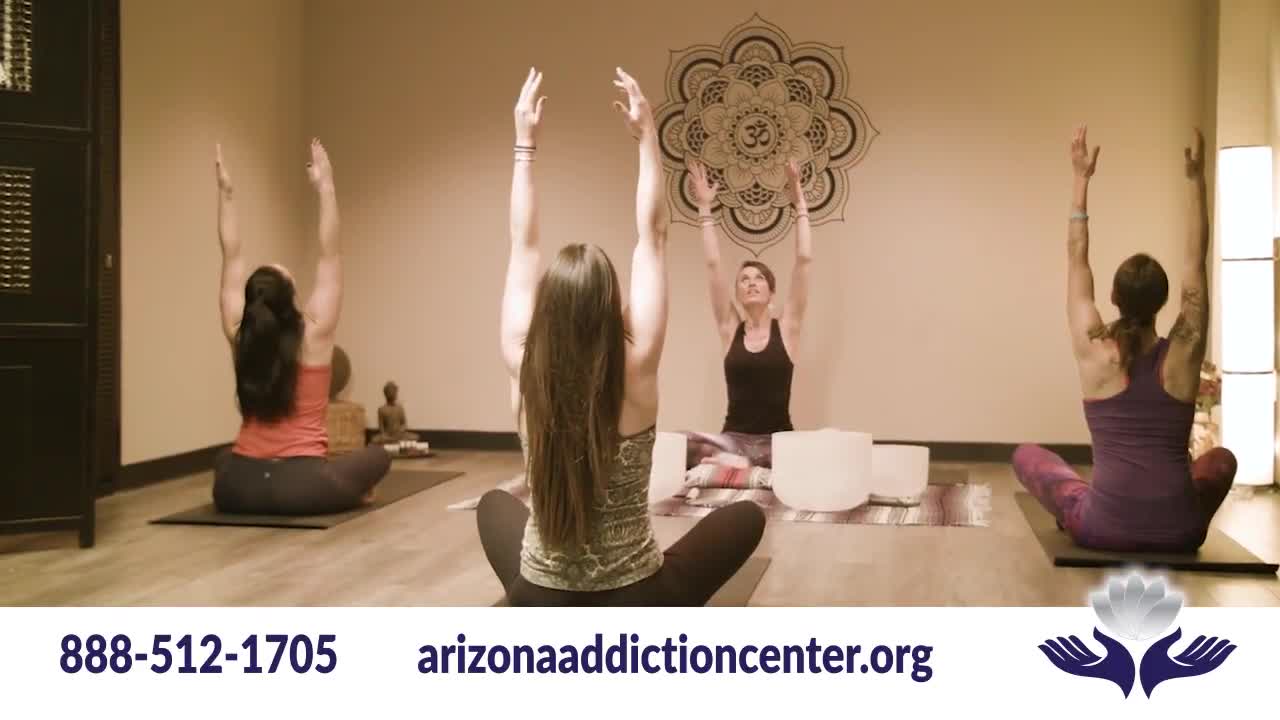Red Light Therapy

Red light therapy (RLT) has a history of over 40 years now and is known to be beneficial for several health-related issues. Although the benefits of this therapy may seem fishy at first and look no less than a modern-day miracle, this concept is not new to the medical world. Red light therapy may have a four-decade-old medical history, however, it was first surfaced more than a hundred years ago.
The growing popularity of this therapy and the said health benefits have attracted more people towards this approach. You will also see news related to red light therapy and even certain celebrities talking about this therapeutic process. And why is that? More popularity has garnered more questions surrounding the effectiveness and potential of this therapy. Some find it useful, others just dismiss its efficacy.
The History of Red Light Therapy
Danish physicist Niels Ryberg Finsen invented light therapy for the treatment of skin tuberculosis in 1903. He was awarded the Nobel Prize for his invention. Red light therapy covered miles after its discovery. In the 1990s, NASA used the concept of red light therapy to stimulate plant growth in the space station. Soon after this, the space agency started researching if there is any way to help astronauts benefit from the use of this therapy.
Since astronauts are required to work under extreme conditions, they are susceptible to health risks such as delayed wound healing and other bone-related issues during long-term space missions. All these observations led the researchers to understand that human cells need gravity to stimulate growth. The absence or irregularities in gravity may hamper their cellular activity.
NASA used the same logic to use red light therapy and increase cellular function that helps the astronauts to fight-off the adverse effects of living without gravity. Based on the findings of NASA, the adaptation of red light therapy by the medical community began and more professionals started recommending the therapy for targeting specific health conditions.
Red Light Therapy
The principle behind red light therapy is to apply specific wavelengths of light to human tissues to gain medical benefits. Red light or near-infrared lights are used to repair, restore, and protect tissues or cells that have either degenerated or injured. Even the tissue that is about to die can be revived using red light therapy.
RLT has several other names attached to it including Photobiomodulation (PBM), Low-level Light Therapy (LLLT), Light-Activated Biostimulation Therapy (LABT), LED Therapy, and LightBox Therapy. Exposing skin to a particular wavelength of light has provided optimal results.
Red Light Therapy – How It Works
To go through an RLT therapeutic process is easier and can even be performed at home. All that is required is an LED, a lamp, laser, or any device that can emit red light. The therapy works similarly to photosynthesis in plants. Since sunlight is absorbed by the plants to continue photosynthesis and promote tissue growth, the same way red light affects a human body at a biochemical level.
Mitochondria are known as the powerhouse of the cell and are responsible for fueling the cellular activity so that healthy cells are always available to tackle any issue. Exposing specific areas to red light causes the mitochondria to absorb light energy and increase its mitochondrial function. This increases cellular energy which in turn enhances certain body functions. The process can also promote cell growth and makes it healthier than before.
Since red light has a wavelength that allows it to penetrate 8-10 millimeters into the skin, it also directly impacts the surrounding blood vessels, lymph, tissues, hair follicles, skin layers, etc. This wide coverage of red light therapy allows for a quick and effective recovery of muscle and skin tissues. The therapy has been tested and deemed successful by certain studies making it suitable for issues related to skin health, collagen production, inflammation, joints pain, arthritis, hair growth, and a lot more. Also since the therapy doesn’t involve the usage of harmful UV rays, it poses little to no risk of skin burns. It uses low energy light that has no adverse effects on the skin.
Benefits of RLT
The age of this treatment process should be sufficient enough to back its claims. However, not many studies have been dedicated specifically to red light therapy. Although the available ones show promising results and a way forward, oversight is an idea that cannot be dismissed out of hand.
Following are a few ways red light therapy helps patients across the world:
- Hair Growth
RLT provides a harmless and easy-to-access method to prevent hair loss and promote the growth of new hair. The range of wavelengths of light used in this therapy is well-absorbed by the hair follicles which then aids in promoting hair growth. However, if the hair follicles are dead, RLT is of no use. Either way, it is advisable to keep practical expectations as it may even take months for the results to surface.
- Skin Treatment
RLT is great for fading away scars, wound marks, insect bites, burn marks, bruises, acne, stretch marks, dry skin, and even psoriasis.
- Weight Loss
Using a specific wavelength of light may help the breakdown of fat tissues into carbon dioxide which is then easily removed by the body through breathing, defecating, or urinating. Again, keep your expectations bar low as, without any healthy lifestyle changes, RLT alone cannot promote weight loss.
- Pain and Injury
Joint pain in adults, inflammation, arthritis, back pain, etc., are treatable using RLT. The motion of joints is improved which further eases the pain.
- Rosacea
The ability of red light to penetrate the skin makes it a healthy and safer medical approach to treat rosacea relates acme. Unlike drugs and medicines that make skin highly sensitive, RLT has no side effects.
- Bone Recovery
RLT is also helpful in the treatment of facial bone defects. The use of this therapy reduces inflammation and pain during the treatment process. Increased cellular activity also aids in recovery.
Conclusion
The medical community is using RLT primarily for treating health conditions for which the root cause if inflammation. Further studies are required to know whether or not RLT is helpful in anti-inflammatory chronic diseases such as diabetes, Alzheimer’s, obesity, thyroid, etc. Red Light Therapy Scottsdale is a great resource and Red Light Therapy Studio 48 in Scottsdale, AZ. Check them out!




